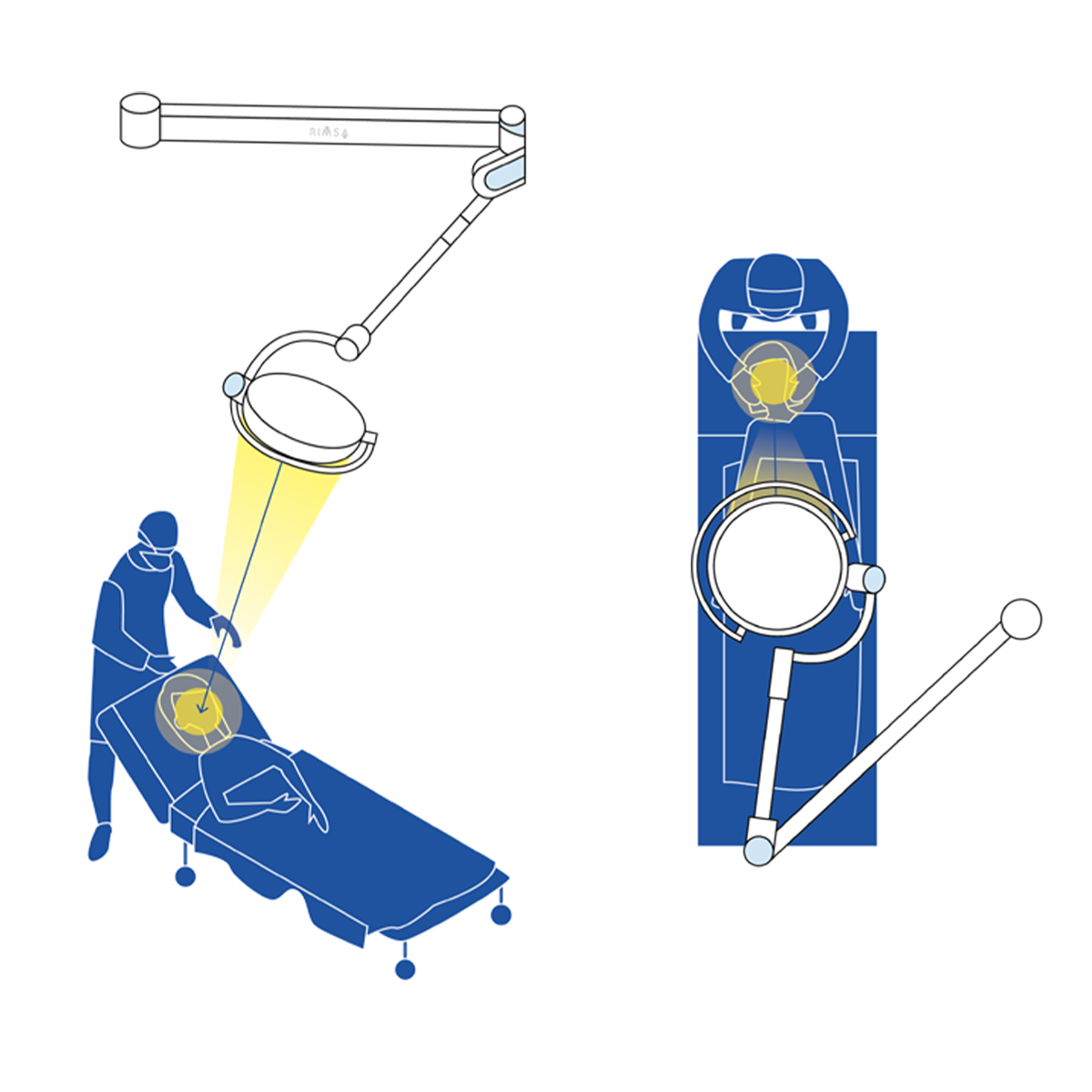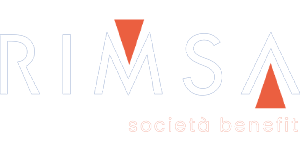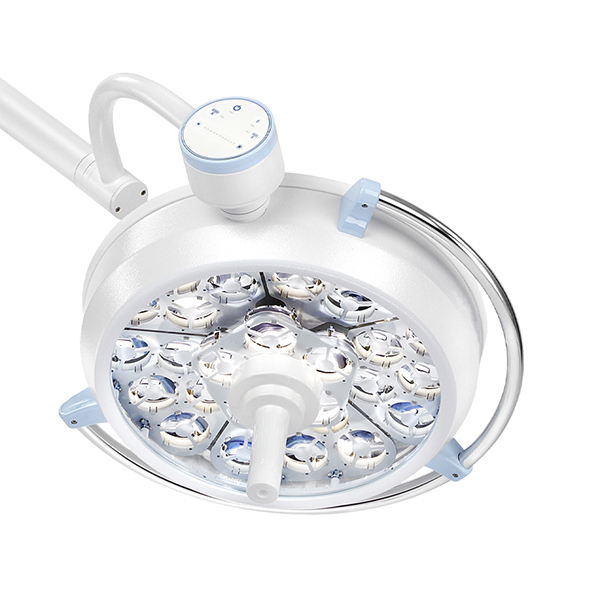Otorhinolaryngology and ophthalmology are fields in which very hidden parts of the body are examined, which can only be observed through specific instruments. When using these instruments, light also plays a fundamental role as it must guarantee the best possible vision: clear and sharp.
Otorhinolaryngology deals with pathologies in the head and neck area, in particular it treats disorders of the ear, nose, throat, thyroid, parathyroid and facial nerve. These parts – even if apparently separate – are all connected and are therefore examined by a single discipline. When treating the ears, nose and throat, otolaryngology requires lighting focused on small areas.
Ophthalmic surgery requires extremely precise lighting for operations on the eyes.
Otorhinolaryngology
and ophthalmology
Lighting Recommendations Otorhinolaryngology
Lamps with small luminous diameter and laminar flow compatibility.
Ophthalmology similarly deals with diseases in the head area. This medical discipline focuses on the eye and optic nerves. In particular, an ophthalmologist evaluates the health conditions of the eyes and prescribes medications, treatments or lenses to reduce or eliminate the problem.
It is also able to evaluate specific pathologies of other areas of the visual system (for example retina, cornea, glaucoma, strabismus, …).
It is clear that in these environments medical lamps are needed that return a deep light, which can illuminate the aforementioned cavities without bothering the doctor’s eye, but rather highlighting the smallest details of the illuminated parts.
In the field of otorhinolaryngology and ophthalmology RIMSA recommends the use of the following medical lamps:
- Pentaled 30N
- Pentaled 30E
Lighting Recommendations Ophthalmology
Lamps with concentrated and adjustable light, compatibility with optical instruments and superior colour rendering.



